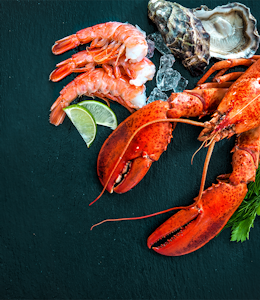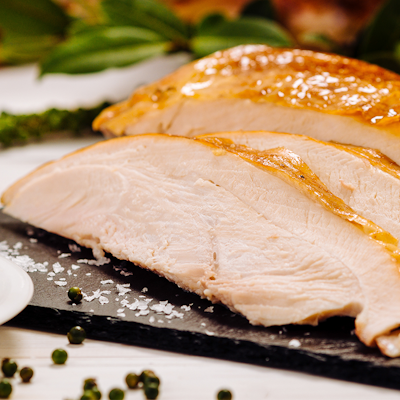Allergen Deep Dive: (Tree) Nuts
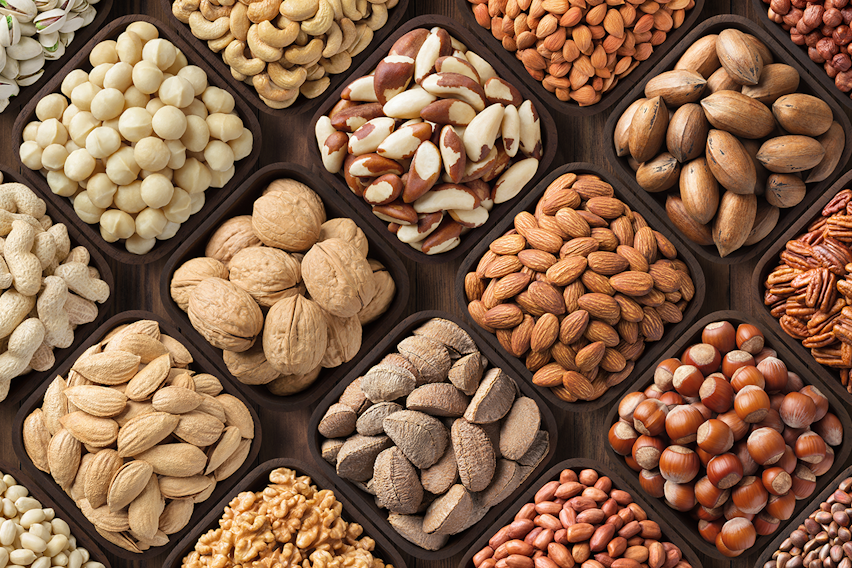
Nuts are one of the most versatile foods out there - a nutritious snack, a main ingredient in sauces and salad dressings, a vegan alternative to the meat component in many meals and equally suitable for sweet and savoury dishes.
1But this culinary staple isn’t so great for everyone - Tree Nuts (in all their sub-derivatives) are one of the [14 major food allergens](https://erudus.com/food-allergens), and can cause fatal anaphylaxis if a reaction is triggered.
So, read on to find everything you need to know about a (Tree) Nut allergy, including the foods you need to watch out for and what the symptoms look like..
What are (Tree) Nuts?
Nuts, or ‘Tree Nuts’ as they are commonly referred to, are nuts that grow on trees.
These include:
- Almonds
- Brazil nuts
- Cashews
- Hazelnuts
- Macadamia nuts
- Pecans
- Pistachios
- Queensland nuts
- Walnuts
Peanuts are notably not Tree Nuts, as they are grown underground.
Though Tree Nuts grow on trees they are not fruit, rather they are the seeds of some fruit-bearing trees.
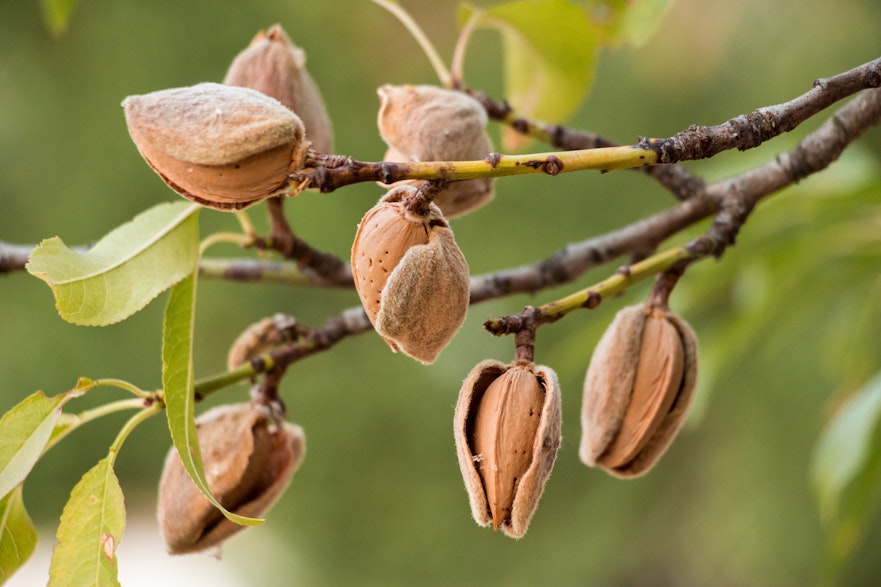
Can you be allergic to Nuts?
Yes, you can be allergic to (Tree) Nuts. Nut allergies are one of the most common types of allergies and usually start in childhood, with some people growing out of it by adulthood.
Though being allergic to one type of tree nut does not necessarily mean being allergic to all tree nuts, certain varieties are closely related - for instance, a person allergic to pecans is likely to be allergic to walnuts.
Those with an allergy to cashews should also avoid pink peppercorns, which can trigger the asme reaction.
What is a Nut allergy?
An allergy to (Tree) Nuts will trigger a negative reaction from a person’s immune system if they consume a food or drink containing the type of Tree Nut they are allergic to (a person may be allergic to several types of Nuts).
An allergy occurs when a person’s body misidentifies a harmless substance as being dangerous, and triggers a reaction from the immune system. These reactions can vary, and include anything from uncomfortable itching to life-threatening anaphylaxis. An allergy is different to an intolerance, with the former affecting the immune system and an intolerance not affecting the immune system. A sensitivity to a substance means that its effects (such as caffeine being a stimulant) are felt more keenly than usual.
When a person has a Nut allergy, antibodies attach themselves to very small proteins in the nut and release histamine. Histamine is the chemical that triggers an allergic reaction. These proteins aren’t broken down by factors such as heat, so those allergic to nuts cannot eat them after they’ve been processed or cooked, in addition to being unable to eat them raw.
What is a Nut intolerance?
An intolerance to a food or drink is different to an allergy because it does not affect the immune system. It prompts a negative reaction from other areas of the body - very often the digestive system.
You do not hear about (Tree) Nut intolerances as much as intolerances to dairy or Cereals containing Gluten, but they do exist.
It’s important to understand that allergies and intolerances can share symptoms but only an allergy can trigger anaphylaxis, so getting the correct diagnosis and medication is critical.
What food and drinks do you find Nuts in?
(Tree) Nuts can be commonly found in the following foods?
- Chocolate spread
- Nut butter
- Nut roasts
- Nut cutlets
- Chocolates
- Marzipan
- Artificial flavouring
- Baked goods such as brownies and sweet pies
- Salads
- Salad dressings
- Cereals
- Natural flavouring
- Nougat
- BBQ sauce
- Crackers
- Desserts such as Bakewell Tart and Baklava
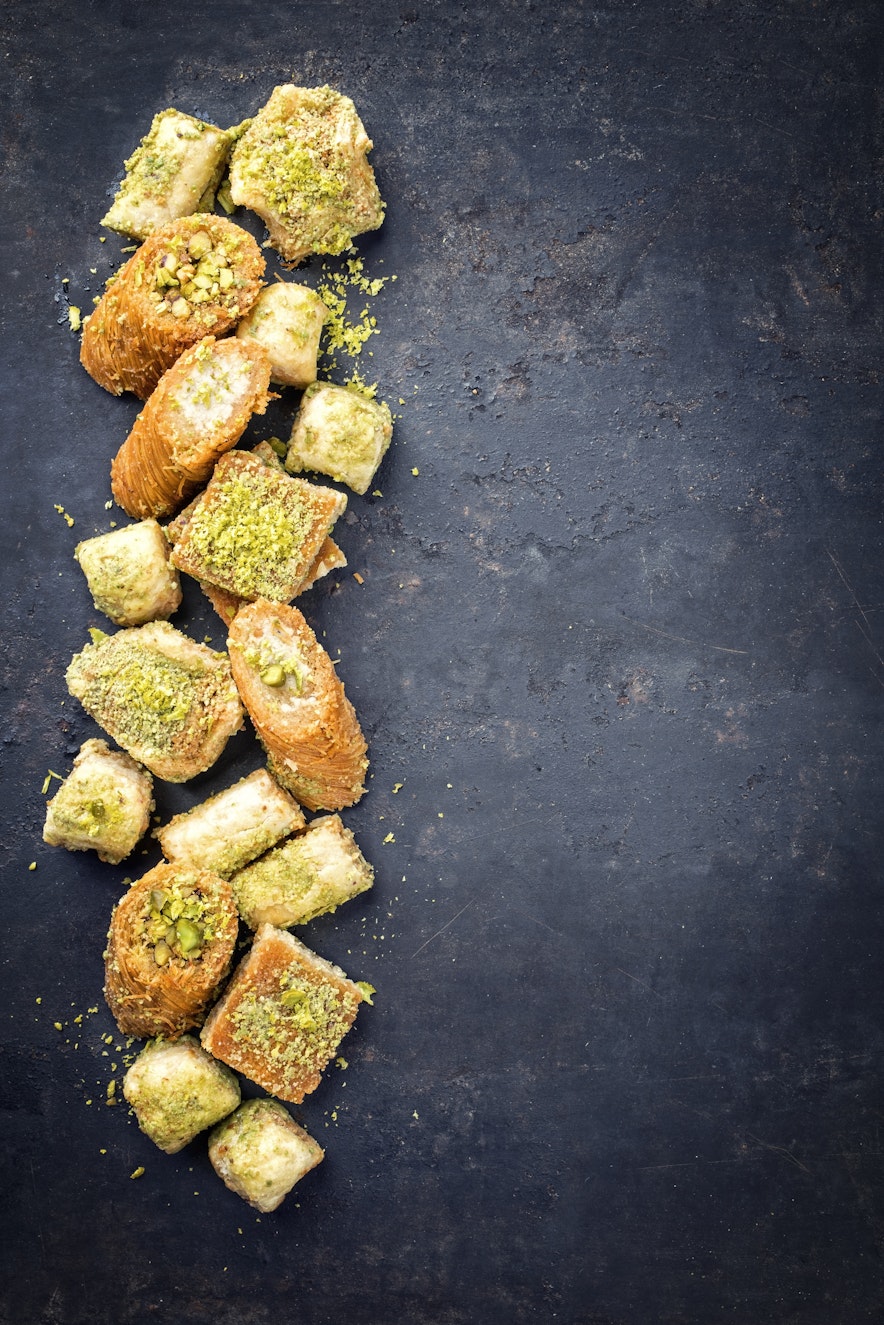
Tiger nuts are not actually a type of Nut. Though they have a distinctly nutty flavour, they are safe for those with a Nut allergy to eat. Find out more about them here.
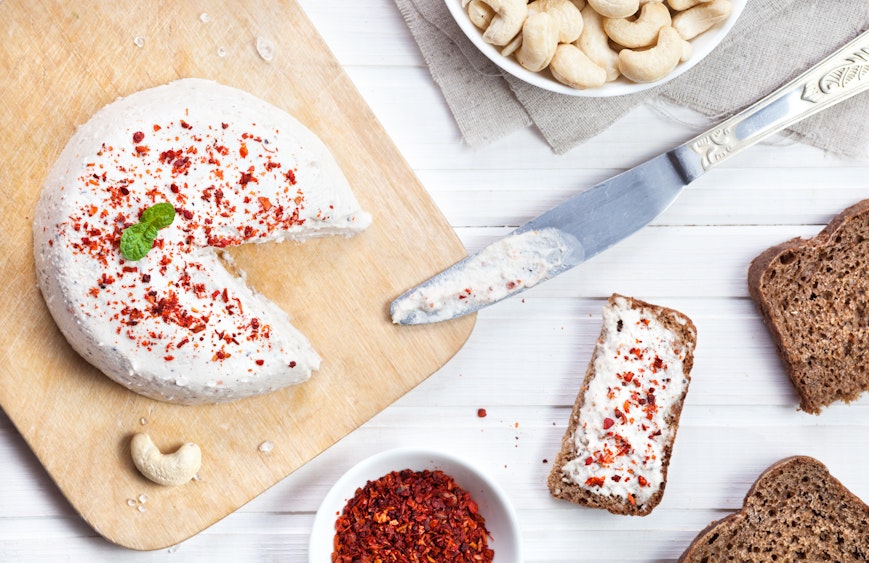
What are surprising foods that contain Nuts?
Nuts are a hidden ingredient in many foods. Here are some of the products that might unexpectedly contain nuts:
- Flavoured and speciality coffee
- Mortadella, an Italian ham made with pistachios
- Pad thai
- Curry sauce
- Dairy-free cheeses (these are mostly made with the likes of almonds or cashews)
- Ice cream (a plain flavour like vanilla can contain traces of nuts via cross-contamination of ice cream scoops)
Surprisingly, nuts or their derivatives are also present in many alcoholic drinks, such as the below:
- Southern Comfort
- Kahlua (Mexican coffee liqueur) varieties Banana Mudslide, Chocolate Latte, Kappuccino, Original Mudslide, and White Russian
- Cherry Heering liqueur
- Almond syrup is used in many cocktails
- Beefeater, Bombay Sapphire, Bombay Amber, Brockman’s Gin, Citadelle Gin, Gothenburg Gin, Indian Summer Saffron Infused Gin, Pink 47 Gin and Williams Chase Seville Orange Gin use almonds in combination with botanicals as part of their distilling process.
- Amaretto
- Ratafia (Brandy)
- Amadeus (Liqueur)
- Eblana (Irish Whiskey)
- Galliano (Liqueur)
- Glayva (Scotch Whisky).
- Crème d’amande (Liqueur)
- Crème de noix (Liqueur)
- Charbay Nostalgie (Liqueur)
- Nocello (Liqueur)
- Piney River Black Walnut (Beer).
- Dumante (Liqueur),
- Kazkar Feni (Apple Liqueur)
What’s another name for Nuts?
(Tree) Nuts can be listed under many names on an ingredients list. Here are some to look out for:
- Almond
- Almond paste
- Anacardium nuts
- Anacardium occidentale (Anacardiaceae) [botanical name, Cashew]
- Bertholletia excelsa (Lecythidaceae) [botanical name, Brazil nut]
- Carya illinoensis (Juglandaceae) [botanical name, Pecan]
- Cashew
- Castanea pumila (Fagaceae) [botanical name
- Chinquapin], Hazelnut
- Juglans spp. (Juglandaceae) [botanical name, Walnut, Butternut, Heartnut]
- Karite (shea nut)
- Lichee nut, Litchi chinensis Sonn. Sapindaceae [botanical name, Lichee nut]
- Lychee nut
- Macadamia nut
- Macadamia spp. (Proteaceae) [botanical name, Macadamia nut/Bush nut]
- Mandelonas
- Marzipan
- Mashuga nuts
- Nangai nuts
- Natural nut extract (for example, almond extract)
- Nougat
- Nut butters (e.g., Almond butter, Hazelnut butter, Brazil nut butter, Macadamia nut butter, Pistachio nut butter, Shea nut butter, Karike butter, as well as other nut butters)
- Nut meal
- Nutella ®
- Nutmeat
- Nut oil (e.g., Walnut oil as well as other nut oils)
- Nut paste
- Nut pieces
- Pecan
- Pigñolia
- Pili nut,
- Pistachio
- Pistacia vera L. (Anacardiaceae) [botanical name, Pistachio]
- Pralines
- Prunus dulcis (Rosaceae) [bontanical name, almond]
- Shea nut, Sheanut, Vitellaria paradoxa C.F. Gaertn. (Sapotaceae) [botanical name, Shea nut]
- Walnut (English, Persian, Black, Japanese, California)
What does an allergic reaction to Nuts look like?
Nut allergy symptoms usually appear within an hour of eating or coming into contact with the allergen. These symptoms include:
- Red, itchy rash (either raised or not raised)
- Dizziness
- Vomiting and nausea
- Mouth itching or tingling
- Hives
- Shortness of breath and/or wheezing
- Sneezing
- Diarrhoea
- Face, mouth and/or throat swelling
- Abdominal pain
- Difficulty swallowing
- Wheezing
An allergic reaction may also result in anaphylaxis, particularly in a Nut allergy. This can be fatal, and the symptoms include:
- Difficulty breathing
- Faintness and dizziness
- Swollen tongue and issues with speaking or swallowing
- Tight chest
- Collapsing and losing consciousness
If a person experiences anaphylaxis an ambulance must be called.
How do you treat a Nut allergy?
A (Tree) Nut allergy is best treated by checking ingredients and avoiding foods and drinks that contain Nuts.
If a mild reaction is suffered, antihistamines may help, but if an anaphylactic reaction occurs an AAI should be administered and 999 called.
How can I avoid Nuts?
Because many types of cuisine use various nut oils for cooking, it’s best to check with the kitchen before ordering any dish in a restaurant.
For those with a serious Nut allergy it is worth avoiding any restaurants that cook extensively with nut products all together, as there is a risk of cross-contamination in the kitchen, and also from menus, condiments and other tableware.
Vegans and vegetarians with a Nut allergy need to be extra-vigilant when it comes to checking what is in their food, as Nuts are a common substitute ingredient for meat.

What’s an alternative for Nuts?
If a recipe calls for nuts there are several alternatives that provide a similar taste and texture. Seeds are close to nuts in nutritional value and consequently chia seeds, pumpkin seeds, flax seeds and sesame seeds are all common nut substitutes.
Oats toasted with butter can have a creamy, nutty flavour that replicates that of nuts, whilst toasted granola gives a similar crunch.
Soy beans, peas, chickpeas and other beans are also good nut alternatives.
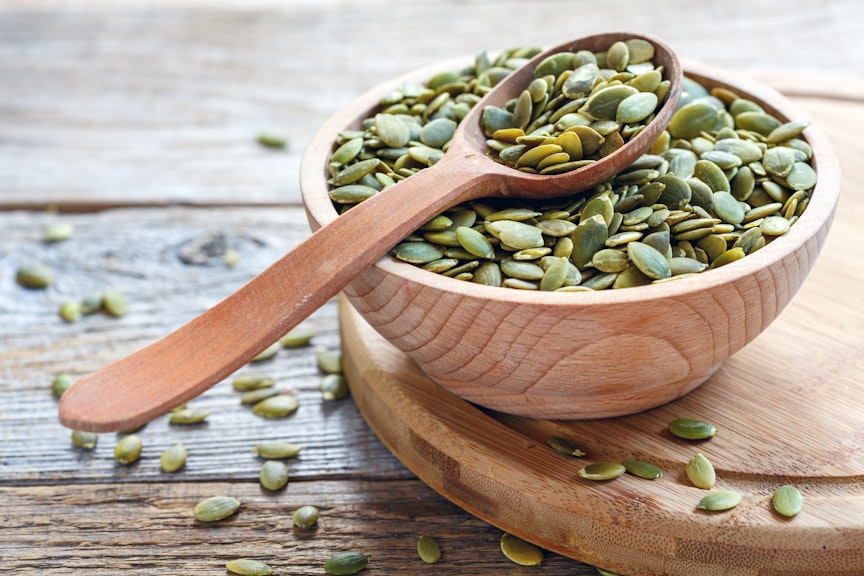
Are Nuts one of the 14 major food allergens?
(Tree) Nuts are one of the 14 major food allergens. This means that pre-packed food sold in the UK, and the rest of the European Union, must clearly indicate on the label if it contains (Tree Nuts).
The other major food allergens are * Celery
- Cereals containing Gluten
- Crustaceans
- Eggs
- Fish
- Lupin
- Milk
- Molluscs
- Mustard
- Peanuts
- Sesame
- Soya
- Sulphur Dioxide
Visit our Food Allergens page for more information.
You may also be interested in…


You may also be interested in…


